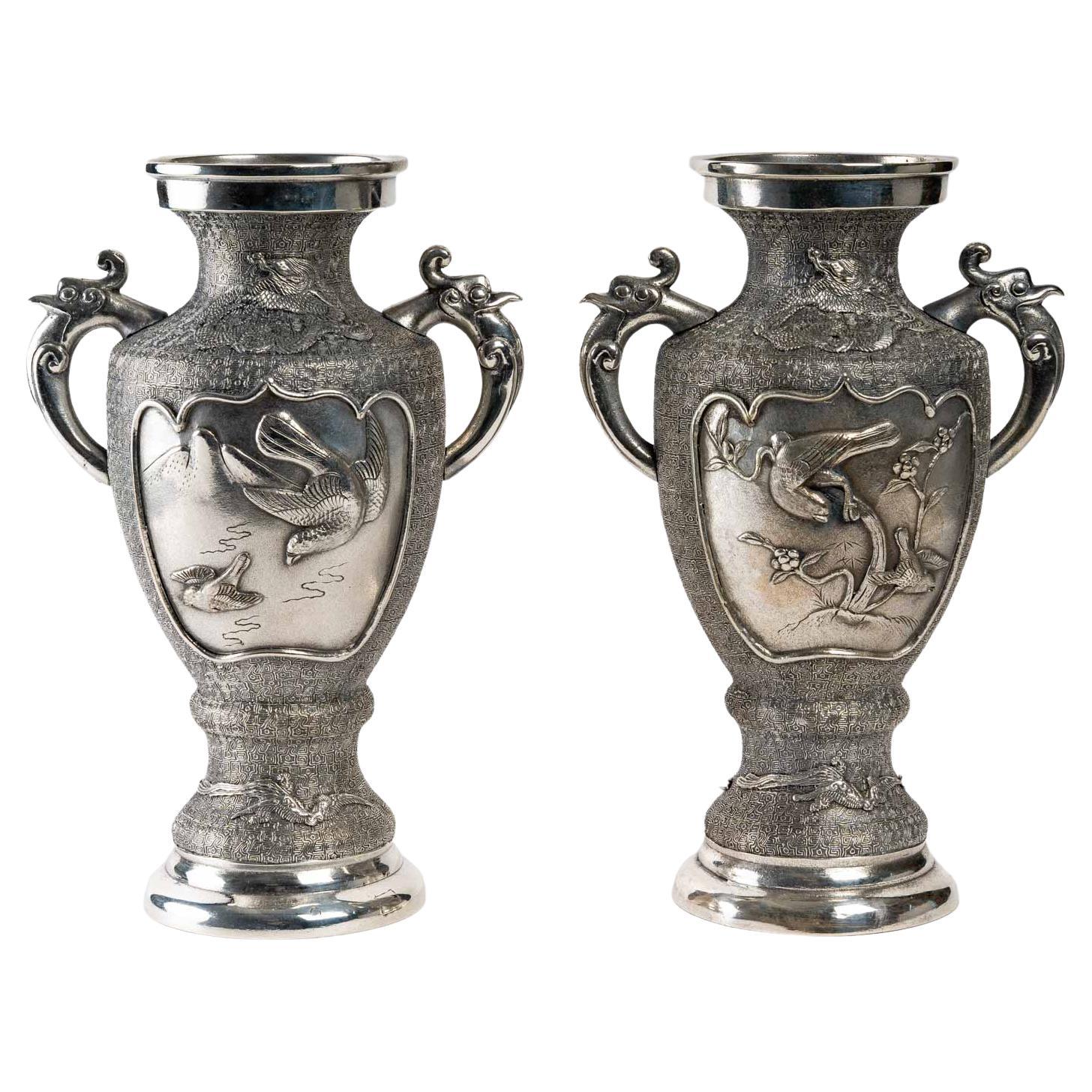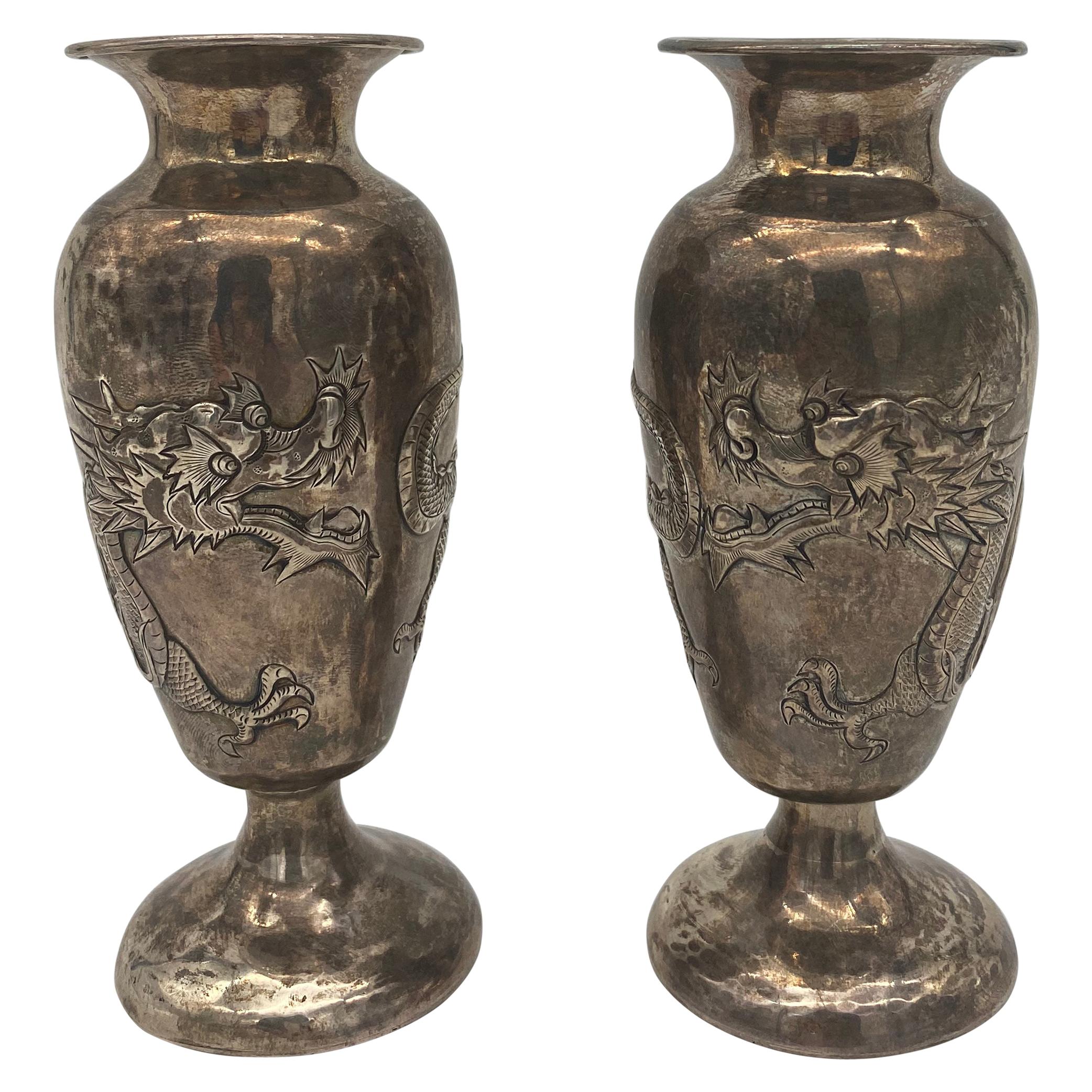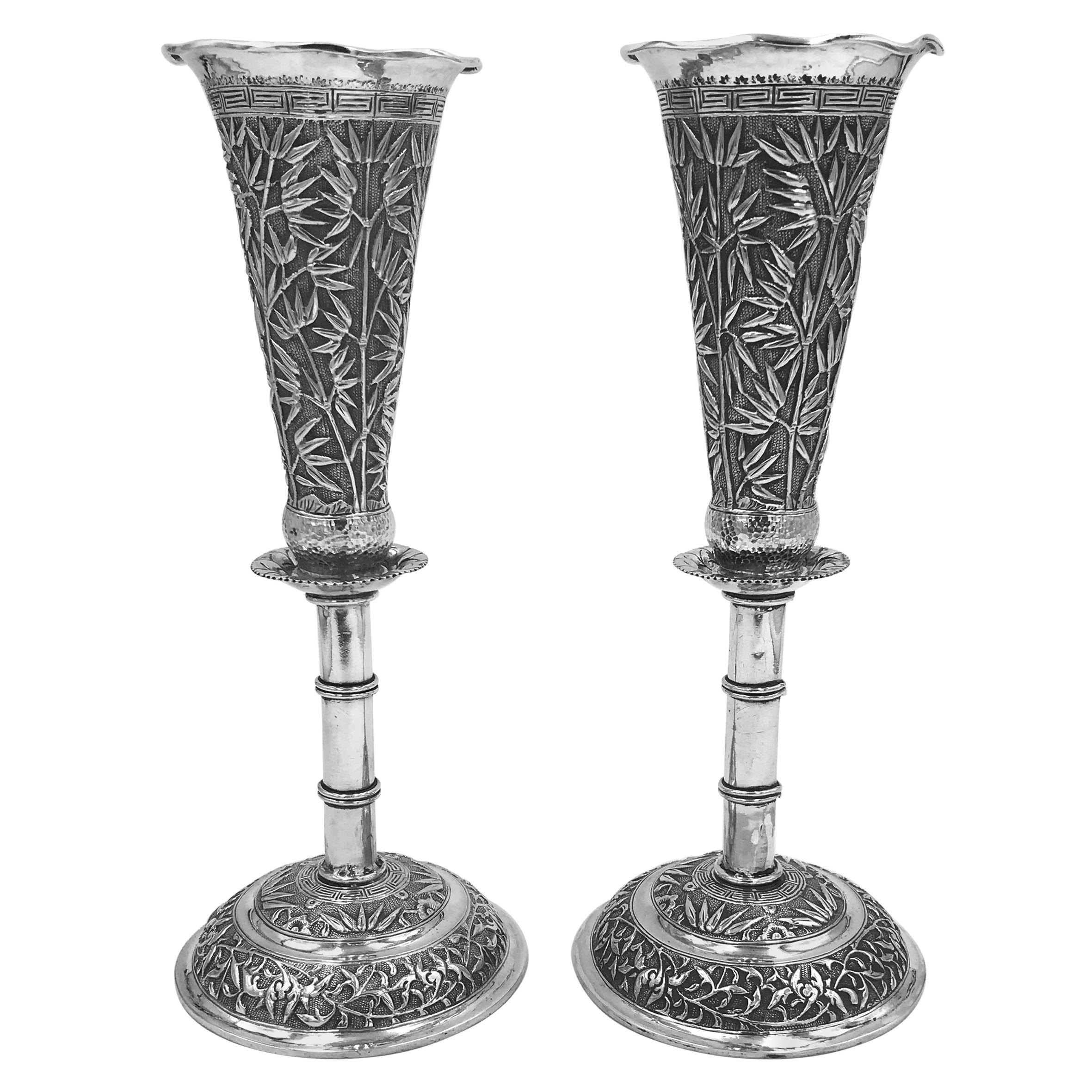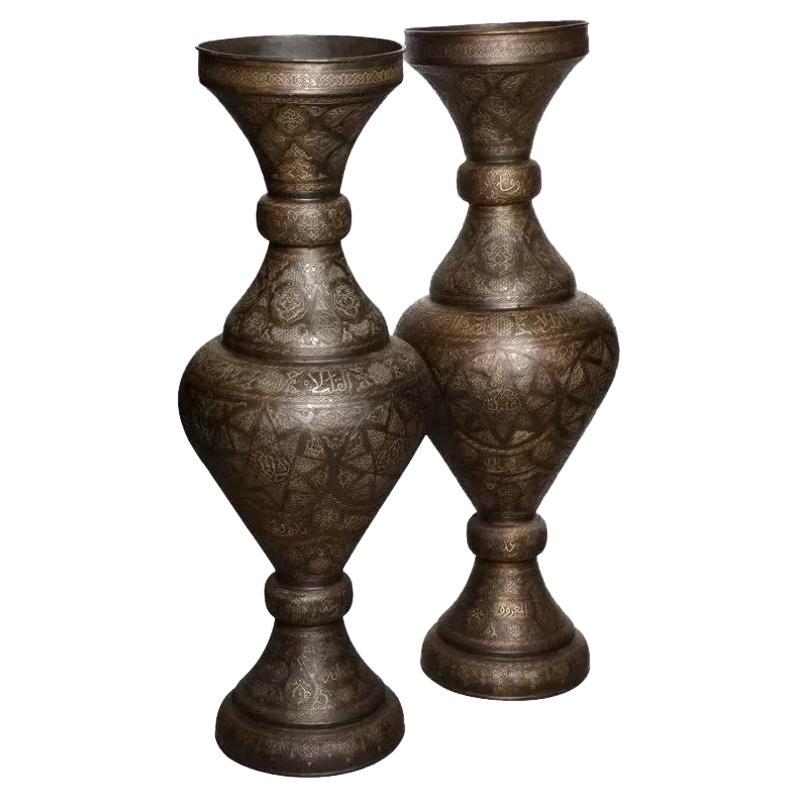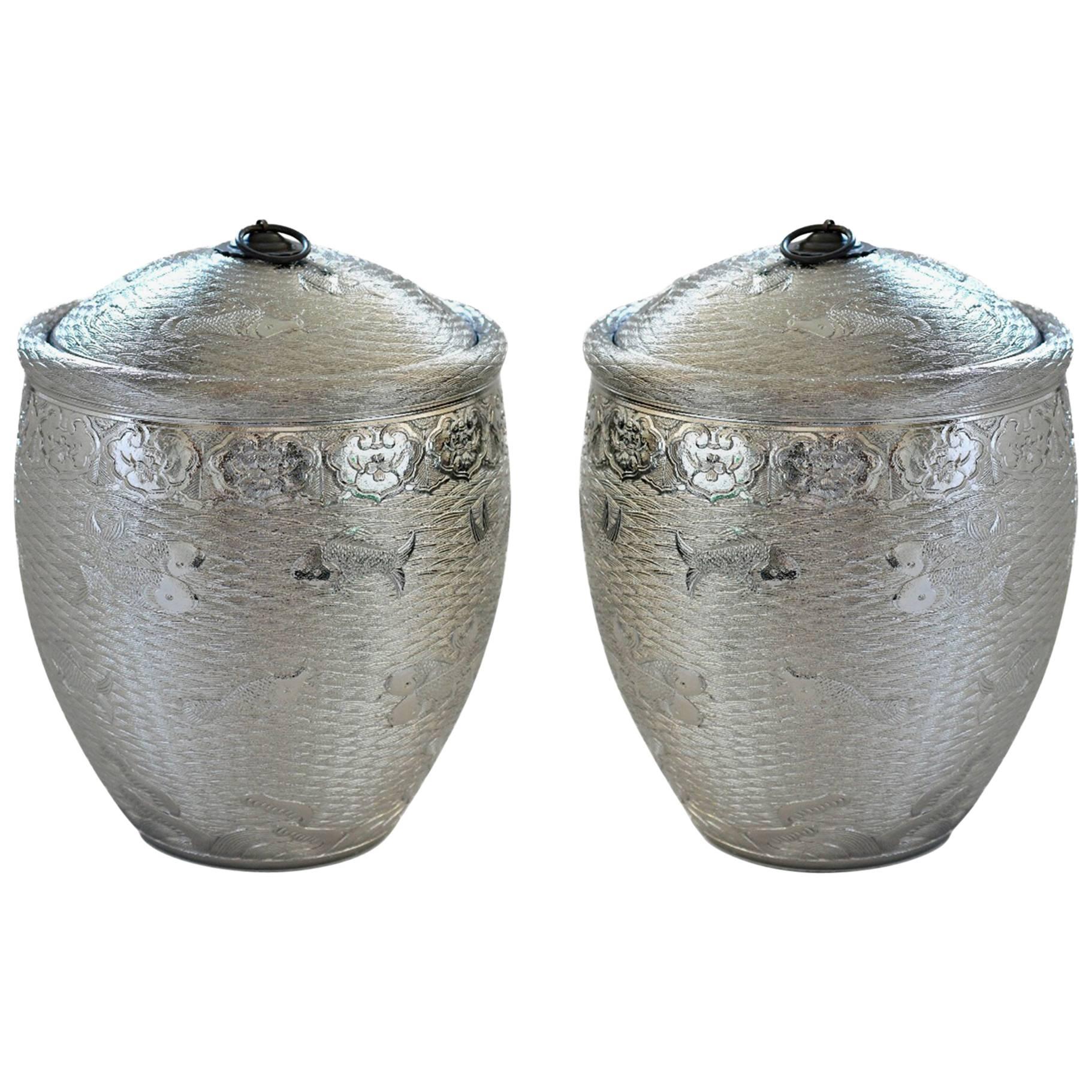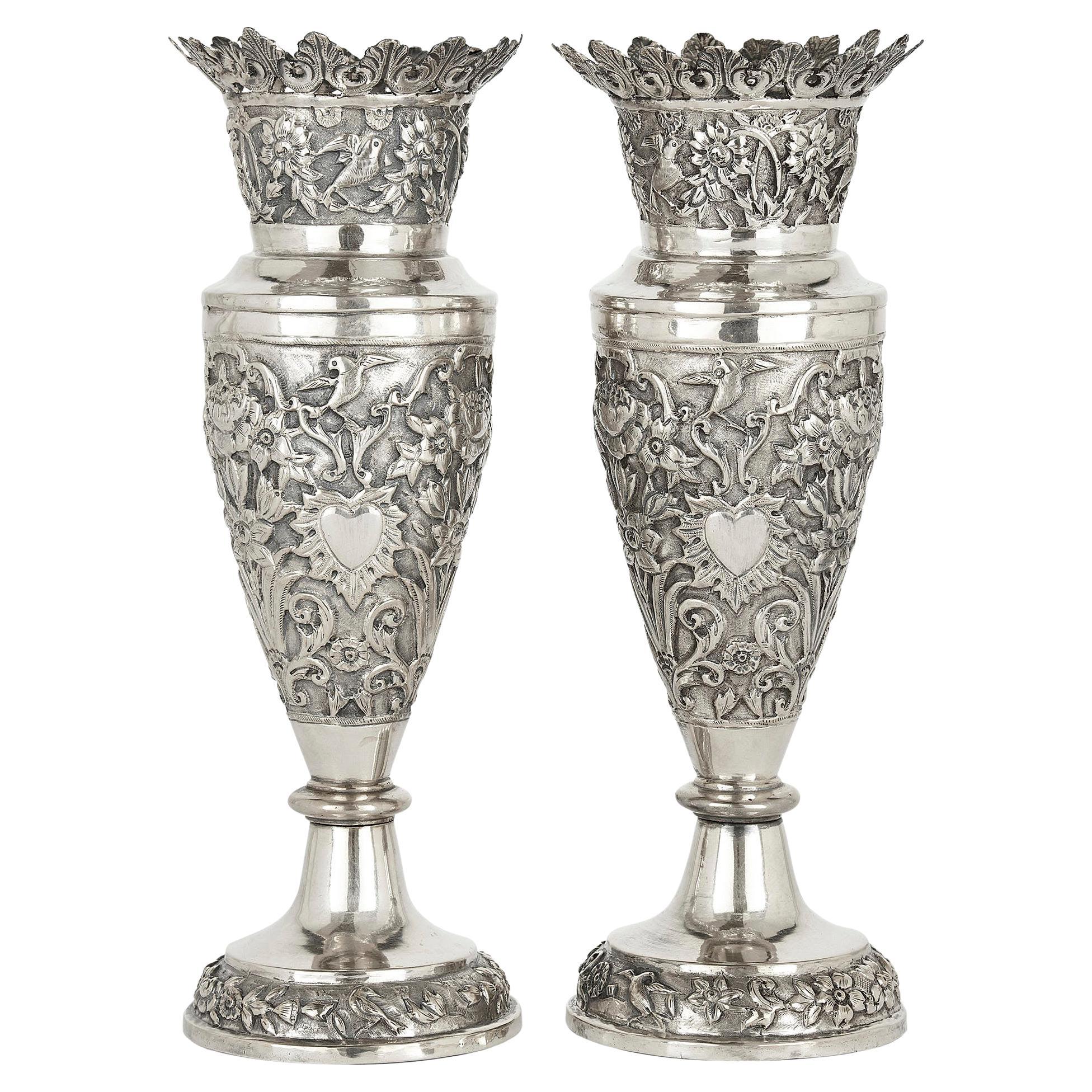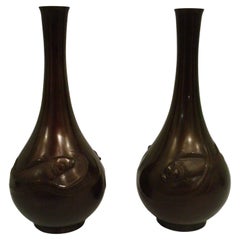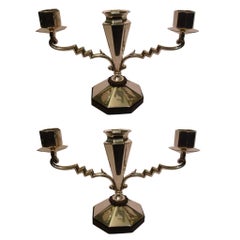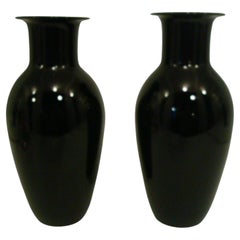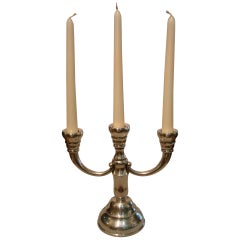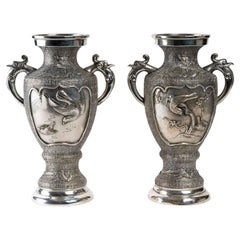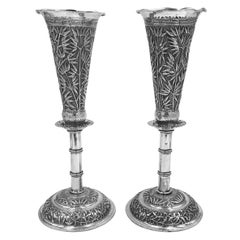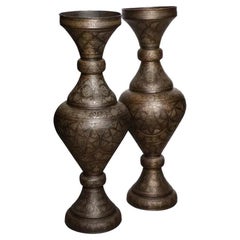Items Similar to Pair of Antique Signed Islamic Ottoman or Persian Repousse Silver Vases
Want more images or videos?
Request additional images or videos from the seller
1 of 14
Pair of Antique Signed Islamic Ottoman or Persian Repousse Silver Vases
$2,999per set
£2,307.03per set
€2,677.81per set
CA$4,229.31per set
A$4,737.53per set
CHF 2,488.32per set
MX$57,606.89per set
NOK 31,510.31per set
SEK 29,911.76per set
DKK 19,985.51per set
About the Item
A fine Pair of Islamic silver vases.
Richly decorated with Ishafan (Eshafan) style repousse decoration throughout including gryphon heads, flowers & vines, birds of paradise, foliage, and Arabesque geometric decoration throughout.
Signed to the base with an 84 mark in Arabic & a maker's mark.
Simply a wonderful Pair of signed Ottoman or Persian vases. Fine Islamic silver vases. Very hard to find these in pairs.
We have specialized in the sale of Art Deco and Art Nouveau and Vintage styles since 1995. If you have any questions we are at your disposal. Pushing the button that reads 'View All From Seller'. And you can see more objects to the style for sale. Why are there so many antiques in Argentina?
In the 1880 – 1940 there was a grate wave of immigration encouraged by the periods of war that were taking place. 1st World War took place between 1914 and 1918 2nd World War took place between 1939 and 1945 The immigrants options were New York or Buenos Aires. Tickets were cheap and in Buenos Aires they were welcomed with open arms, as it was a country where everything was still to be done. Argentina was the country of new opportunities, labour was needed and religious freedom was assured, in many cases the of the family travel first until they were settled and then the rest of the family members join them. In the immigrant museum “Ellis Island Immigrant Building” in New York you can se the promotional posters of the boats that would take them to a new life. Between the years 1895 and 1896, Argentina had the highest DGP (gross domestic product) per capita in the world according to the Maddison Historical Statistics index, this situation arose due to the large amount of food being exported to European countries, which were at war. The Argentinean ships left the port of Buenos Aires with food, but they returned with furniture, clothes and construction elements, (it´s common to see this the old buildings of the historic neighbourhood of San Telmo, the beams with the inscription “Made in England)”, as well as many markets that were built in Buenos Aires, such us the San Telmo Market, whose structure was brought by ship and afterwards assembled in 900 Defensa Street. With the great influence of European immigrants living in the country, the children of the upper classes travelled to study in France, resulting in the inauguration of “La Maison Argentinienne”, on 27th of June 1928, in the international city of Paris, which hosted many Argentinians that were studying in Frace. It´s the fourth house to be built after France, Canada and Belgium, being the first Spanish-speaking one. Still in place today (17 Bd Jourdan, 75014, Paris, France). Many of the children of these wealthy families who attended international art exhibitions, museums and art courses abroad, took a keen interest in the European style. This is why Buenos Aires was at the time referred as “The Paris of South America”. Between the years 1890 and 1920 more than a hundred Palaces were built on Alvear Avenue the most exclusive avenue in Buenos Aires. Today some of these palaces have been transformed into museums, hotels and embassies. In the year 1936, the Kavanagh building was inaugurated, it was the tallest reinforced concrete building in South America. During 1994 the American Society of Civil Engineers distinguished it as an “international engineering milestone”, and it´s now considered a World Heritage of Modern Architecture. At the time was common to hire foreign architects such as Le Corbusier, who visited Buenos Aires/Argentina in 1929 and in 1948 he drew up the blueprints for a house built in La Plata City (which was declared a World Heritage Site). In 1947, the Hungarian architect Marcelo Breuer designed “Parador Ariston” in the seaside city of Mar del Plata. After an Argentinean student at Harvard University convinced him to come to Argentina. He worked on an urban development project in the Casa Amarilla, area of La Boca. The Ukrainian architect, Vladimiro Acosta, arrives in Argentina in 1928 and worked as an architect until que moved to Brazil. Antonio Bonet, a Spanish architect who worked with Le Corbusier in Paris, arrives in Argentina in 1937, where he carried out several architectural works and in 1938 designs the well-known BFK chair. Andres Kálnay, of Hungarian origin, made around 120 architectural masterpieces, among which the former Munich brewery stands out, he even made the furniture’s design. The German architect, Walter Gropius, director of the Bauhaus, lived in Argentina, where he wrote articles for “Sur” magazine and founded in Buenos Aires, an architectural firm with Franz Möller, who was also an architect, where he built two houses. At the same time several famous designers decided to immigrate to Argentina, among them we can find the well-known French designer, Jean-Michel Frank, who arrived in the country in 1940 and also worked for the Rockefeller family. Special pieces were made, which were sold exclusively in the country, such as the well-known German company “WMF”, who sold their products by catalogue, which were chosen by the ladies of high society in the list of wedding gifts, as well as the pieces designed by Christofle. The Swiss sculptor Alberto Giacometti, made special pieces for Argentinean mansions. In 1904 the first Jansen branch outside Paris was established in Buenos Aires, as the Argentinean clientele demanded a large amount of furniture, from the end of the 19th century to the mid-20th century. In 1970, the brand Rigolleau Argentina made pieces authorised by Lalique. The brands Maple and Thompson also set up shop in the country. The French plastic artist, Marcel Duchamp moved to Argentina in 1918-1919. Glass signed Gallé, Charder, Leverre, Schneider, Muller and other French firms. They were bought in flower shops and were given to ladies with beautiful floral arrangements. Some furniture manufacturers travelled to international fairs and bough the patterns to produce the furniture in Argentina, such as the furniture firm Englander and Bonta, who bought the patterns in Italy. It is worth mentioning that in Argentina we have the largest community of Italians outside of Italy, as it is estimated that 70 percent of the inhabitants have at least one Italian descendant, followed by Spanish immigrants. The most Important furniture stores in Argentina: Comte is founded in 1934 (under the direct management of Jean Michel Frank in 1940). Nordiska (Swedish company established in 1934). Churba in 1960, a company that brought foreign designers to present their furniture in the country: Denmark: (Arne Jacobsen, Finn Juhl, Bender Madsen, Ejner Larsen, Poul Kjaerholm, Hans Wegner) Sweden: (Hans Agne Jakobsson, Gustavsberg) United States: (Herman Miller) Finland: (Lisa Johansson, Folke Arstrom, Tapio Wirkkala, Alvar Aalto, Timo Sarpaneva) Swedish Factory: (Orrefors) Italy: (Littala, Vico Magistretti, Emma Gismondi, Gae Aulenti, Angelo Mangiarotti, Elio Martinelli, Gianna Celada, Angelo Mangiarotti, Mario Bellini, Carlo Scarpa) Finland: (Olivia Toikka) Plata Lappas (Lappas Silver): a goldsmith shop founded in 1887 in Argentina by Alcibiades Lappas of Greek origin. In 2019, in Argentina took place “the Art Deco world congress” . Argentina currently has more than 100 Art Deco buildings and another 90 Art Nouveau buildings throughout the city of Buenos Aires. Argentina is a country that has not been involved in many wars, which is why it has been a refuge for works of art and antiques from different periods of time, unlike European countries. That is way many collectors, museums and antique dealers from all over the world visit it, you should not miss the opportunity to visit this great country.
- Dimensions:Height: 7.09 in (18 cm)Diameter: 4.73 in (12 cm)
- Sold As:Set of 2
- Style:Islamic (In the Style Of)
- Materials and Techniques:
- Place of Origin:
- Period:
- Date of Manufacture:1880
- Condition:Wear consistent with age and use. Minor structural damages.
- Seller Location:Buenos Aires, AR
- Reference Number:1stDibs: LU2027343297282
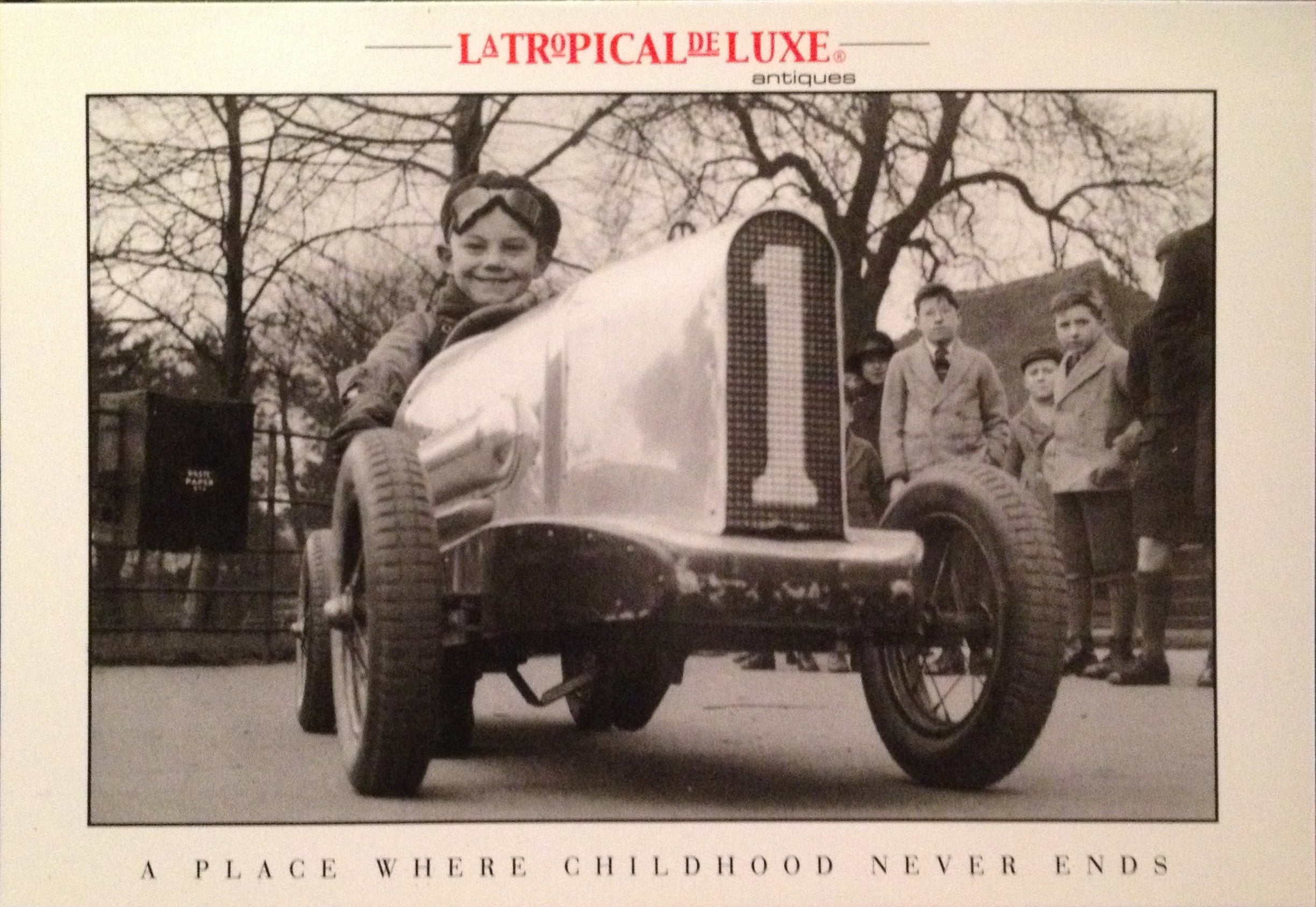
About the Seller
4.9
Vetted Professional Seller
Every seller passes strict standards for authenticity and reliability
Established in 2002
1stDibs seller since 2016
320 sales on 1stDibs
Typical response time: 1 hour
- ShippingRetrieving quote...Shipping from: Buenos Aires, Argentina
- Return Policy
Authenticity Guarantee
In the unlikely event there’s an issue with an item’s authenticity, contact us within 1 year for a full refund. DetailsMoney-Back Guarantee
If your item is not as described, is damaged in transit, or does not arrive, contact us within 7 days for a full refund. Details24-Hour Cancellation
You have a 24-hour grace period in which to reconsider your purchase, with no questions asked.Vetted Professional Sellers
Our world-class sellers must adhere to strict standards for service and quality, maintaining the integrity of our listings.Price-Match Guarantee
If you find that a seller listed the same item for a lower price elsewhere, we’ll match it.Trusted Global Delivery
Our best-in-class carrier network provides specialized shipping options worldwide, including custom delivery.More From This Seller
View Alllarge pair of antique Japanese bronze vases with carp fish, Meiji period
Located in Buenos Aires, Olivos
A large pair of antique Japanese bronze vases with carp fishes, Meiji period.
The bottle vases have carp in swirls of water, with some ver...
Category
Early 20th Century Japanese Meiji Vases
Materials
Bronze
$2,720 Sale Price
40% Off
Pair of Art Deco Silver Candleholders with Flower Vase in the Middle
Located in Buenos Aires, Olivos
Pair of Art Deco silver candleholders with flower vase in the middle. Very nice set, in good conditions. Marked 900.
We have specialized in the sale of Art Deco and Art Nouveau and ...
Category
Vintage 1920s German Art Deco Centerpieces
Materials
Silver
$1,279 Sale Price / set
54% Off
Free Shipping
Pair of Large Black Murano Vases by Barovier e Toso, Italy, 1970s
By Barovier&Toso
Located in Buenos Aires, Olivos
Pair of large black Murano vases by Barovier e Toso. Italy, 1970s.
Both are signed and have the original labels on them.
Hard to find as a pair.
We ...
Category
Vintage 1970s Italian Mid-Century Modern Vases
Materials
Murano Glass
Pair of Art Deco Candlesticks Made of Italian Silver, circa 1920s
Located in Buenos Aires, Olivos
Pair of Art Deco candleholder / candlesticks made of Italian silver, circa 1920s.
We have specialized in the sale of Art Deco and Art Nouveau and Vintage styles since 1995. If you h...
Category
Early 20th Century Italian Art Deco Sterling Silver
Materials
Silver
$1,360 Sale Price / set
20% Off
Free Shipping
Pair of Giltwood and Brass Table Lamps, Wiener Secession
By Dagobert Peche, Wiener Werkstätte
Located in Buenos Aires, Olivos
Very nice pair of wooden gilt and brass table lamps. Very rare style. They have the style of the Vienna Secession, specially the work of Dagobert Peche. Shades are not original. The electrical cables will be changed for new ones before shipping.
The Vienna Secession (German: Wiener Secession; also known as the union of Austrian artists, or Vereinigung Bildender Künstler Österreichs) was formed in 1897 by a group of Austrian artists who had resigned from the association of Austrian artists, housed in the Vienna Künstlerhaus. This movement included painters, sculptors and architects. The first president of the secession was Gustav Klimt, and Rudolf von Alt was made honorary president. Its official magazine was called Ver Sacrum...
Category
Antique Early 1900s German Vienna Secession Table Lamps
Materials
Giltwood
Four Engraved Russian Sterling Silver Salt and Pepper Shakers
Located in Buenos Aires, Olivos
Antique sterling silver salt and pepper shakers.
A set of four engraved Russian/Persian silver salt and pepper shakers.
Made lat...
Category
Antique Late 19th Century Russian Other Sterling Silver
Materials
Sterling Silver
$960 Sale Price / set
20% Off
Free Shipping
You May Also Like
Pair of Silvered Metal Vases, Asia
Located in Saint-Ouen, FR
Pair of Silvered Metal Vases, Asia, early 20th century. Decorated with dragons and birds.
Measures H: 31. 5, W: 23 cm, D: 16 cm.
Category
Early 20th Century Asian Metalwork
Materials
Metal
$2,911 / set
19th Century Pair of Chinese Silver Dragon Decorated Vases
Located in Brea, CA
Early 19th century pair of Chinese silver vases decorated with four-clawed dragons. Derived from the period of the Qing dynasty with Chinese marks on the bottom. Weight: 200 grams.
Category
Antique Early 19th Century Chinese Qing Vases
Materials
Silver
Pair of Chinese Export Silver Vases
Located in London, GB
Pair of Chinese silver vases with all-over bamboo decoration and each with a wavy-edge flared rim. They were made by 涂茂兴, TuMaoXing, a retailer in JiuJiang (九江), next to the Yangtze ...
Category
Antique 1890s Chinese Chinese Export Metalwork
Materials
Silver
$2,704 / set
Monumental Pair of Islamic Silver Inlaid Palace Vases with Arabic Calligraphy
Located in Long Island City, NY
Monumental pair of Islamic silver inlaid bronze palace vases with Arabic calligraphy throughout.
High quality vases, very good design. Will go very well in an Islamic or Moroccan ...
Category
Antique 19th Century Unknown Vases
Materials
Silver, Bronze
Pair of Fine Carved Silver Glazed Porcelain Jars with Covers
Located in New York, NY
A pair of fine carved silver glazed porcelain jarls with fish swimming in the stylish wave decoration
Category
Late 20th Century Ceramics
Pair of Floral Silver Vases Produced in Qajar Persia
Located in London, GB
Pair of floral silver vases produced in Qajar Persia
Persian, late 19th century
Measures: Height 27cm, diameter 9.5cm
These fine Persian silver vases are adorned with repoussé a...
Category
Antique Late 19th Century Persian Vases
Materials
Silver
